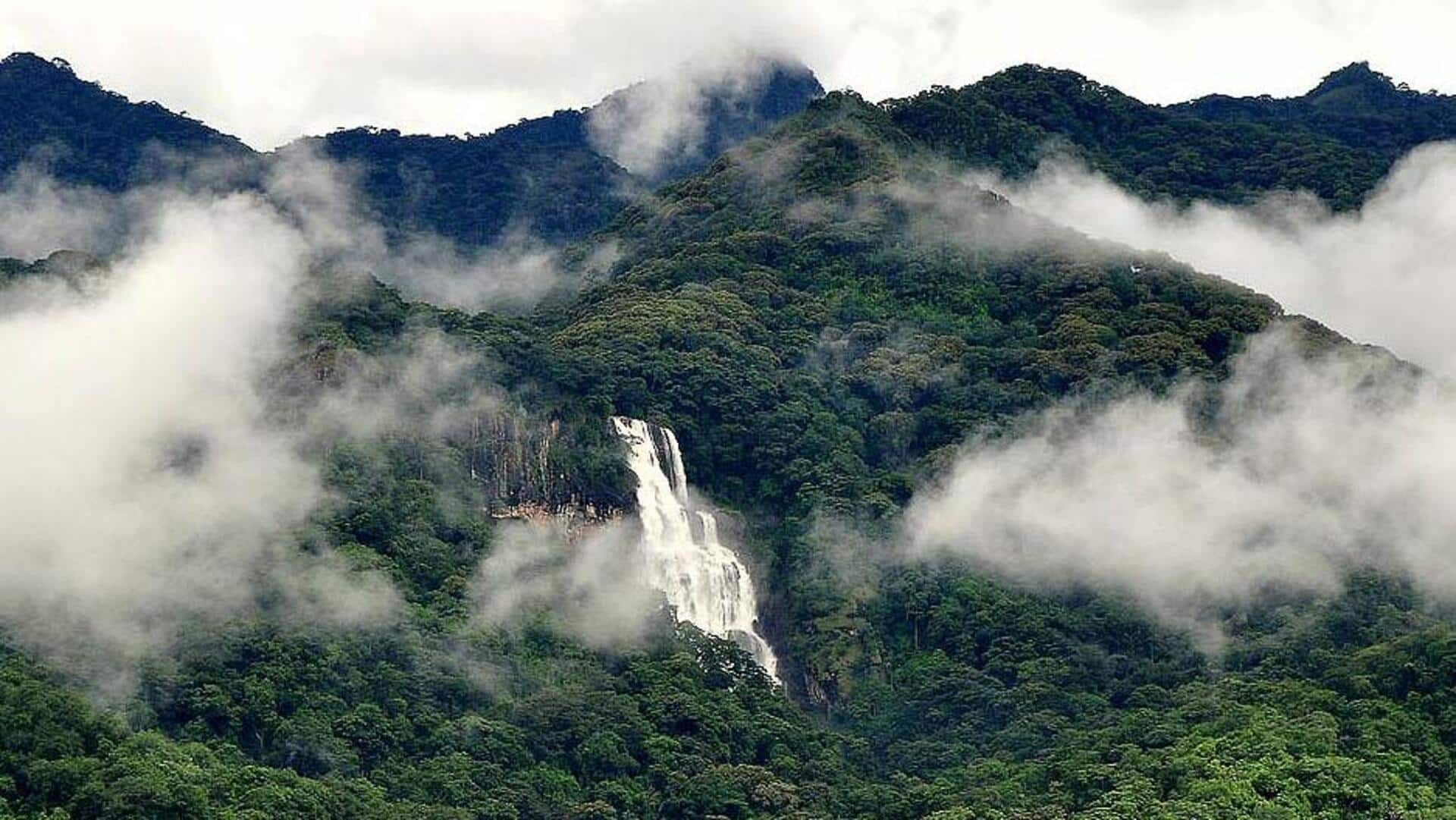
Udzungwa Mountains in Tanzania: A must-visit for nature lovers
What's the story
The Udzungwa Mountains in Tanzania are a treasure trove of biodiversity, making them a must-visit for nature lovers. Part of the Eastern Arc Mountains, these mountains are home to a plethora of plant and animal species, many of which are found nowhere else on Earth. The unique ecosystem of Udzungwa offers an unforgettable experience for those looking to explore its natural wonders.
#1
Unique biodiversity of Udzungwa
The Udzungwa Mountains are famous for their rich biodiversity. They are home to over 6,000 plant species, 50% of which are endemic. The mountains also host several primate species, including the endemic Sanje mangabey and Udzungwa red-banded monkey. This unique mix of flora and fauna makes Udzungwa a hotspot for researchers and conservationists.
#2
Hiking trails through lush forests
Hiking through the Udzungwa Mountains gives you a chance to experience the lush forests up close. There are several trails ranging from easy to difficult, making them accessible to different levels of fitness. The Mwanihana Trail is a popular choice, offering breathtaking views and chances to spot wildlife. Hikers can expect to see waterfalls, streams, and an array of plant life along the way.
#3
Conservation efforts in Udzungwa
Conservation is key to protecting the unique ecosystem of the Udzungwa Mountains. The area is protected as part of the Eastern Arc Mountains Forest Reserves, which aim to preserve its natural habitats. Local communities also play a part in conservation efforts by participating in sustainable tourism practices that benefit both people and wildlife.
Tip 1
Tips for visiting Udzungwa Mountains
When planning a visit to the Udzungwa Mountains, pack appropriate gear for hiking, including sturdy shoes and rain gear, as weather conditions can change quickly. Hiring local guides is recommended, as they provide valuable insights into the area's ecology and culture, while ensuring safety on trails. Respecting wildlife by maintaining a safe distance is crucial for preserving this delicate ecosystem during your visit.